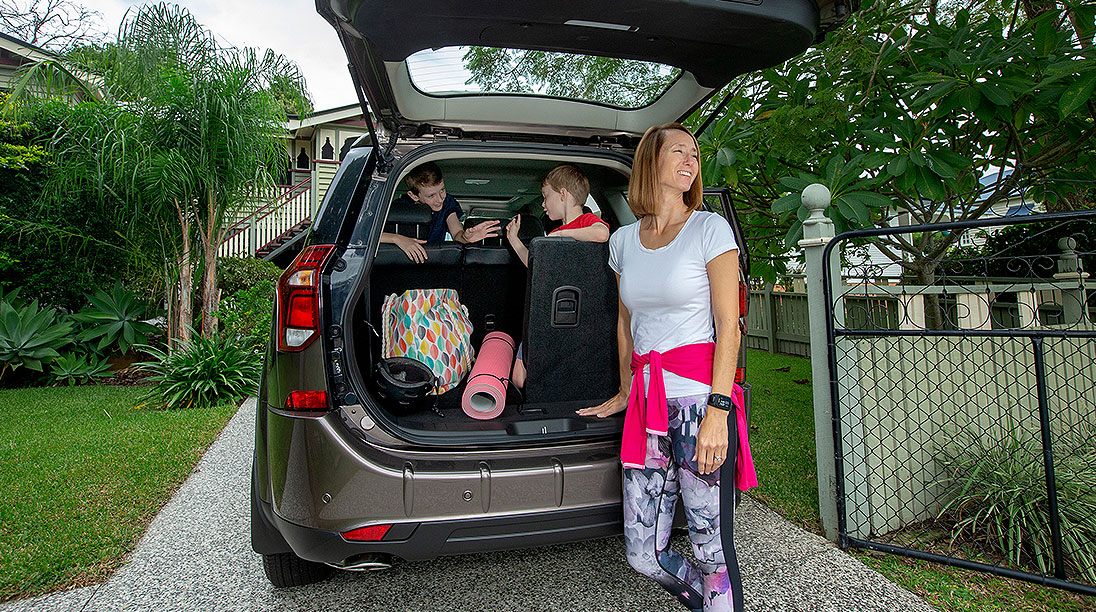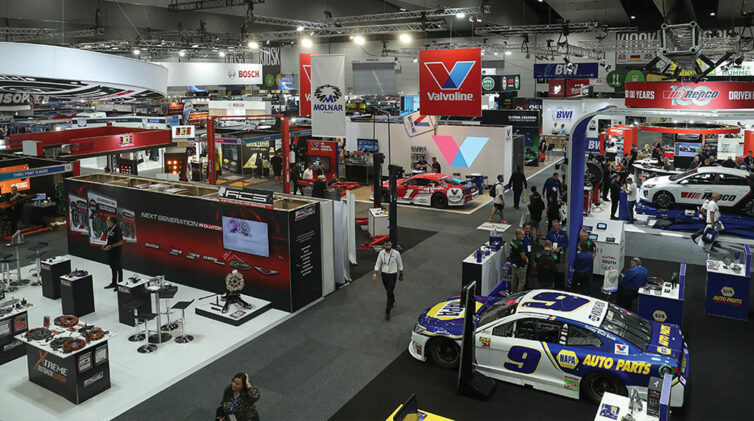Mahindra had agreed to the plan but the sudden pandemic has squeezed the company’s finances.
SsangYong said in a report that it needed the funds to continue with its next three-year plan which was expected to make SsangYong profitable by 2022.
But a series of articles published by The Economic Times of India (ET) said Mahindra shelved the funds citing the effects of the pandemic and SsangYong’s continued losses. In 2019, SsangYong posted a record loss of $A437 million and needed a one-off impairment amounting to $A113 million.
Mahindra reported at its board meeting earlier this month that it can provide a one-off financial assistance of $A80 million over the next three months to help SsangYong continue.
But ET said: “The current decision of non-availability of funds may force Mahindra to exit the business, say analysts.
“There are currently three options on the table for the Indian auto-maker – bring in a minority shareholder, look at a strategic partner or spin-off and sell off the entire business.”
SsangYong is negotiating with its primary financier, the Korean Development Bank, and other investors including Mahindra.
A report from India suggested SsangYong may be talking to Kia Motor and Hyundai Motor Company with the aim of selling a small stake in its business.
It said Mahindra started looking for an investor at the beginning of this year and one company suggested as being a frontrunner was Ford, which has a large operation in India and a global market network. Ford did not respond to questions about this investment.
In Australia, SsangYong said in a statement to GoAutoNews Premium: “Mahindra has confirmed its intention to continue supporting SsangYong Motor and to maintain its relationship with the SsangYong business.
“SsangYong has a three-year business plan and structures to support its operations both here and abroad.”
It added: “In anticipation of the possibility of a prolonged low-growth phase internationally caused by the spread of COVID-19, the company has already embarked on strengthening the business with a range of innovations across a number of areas.
“As Mahindra’s new funds to support the brand will be less than originally planned, SsangYong Motor is looking to attract new investment from other sources as well as improvements to financial structures, etc.”
Sales volumes have been hard to achieve with SsangYong, particularly with exports where the company hoped to succeed.
In 2019 it sold 135,235 units, a drop of 5.6 per cent on the previous year. Of that, 107,789 units went to the Korean market, down from 109,140 sold in 2018, according to company figures.
Export markets, such as Russia, on which SsangYong relied, shrivelled. Poor performance was also felt in Iran, Chile, Egypt and some Western European markets, ET reported.
“The shift in the Korean auto market from diesel to petrol also took a toll on SsangYong since it had a fairly large diesel portfolio,” the publication said.
In Australia, SsangYong has sold only 313 vehicles to the end of March across its four-model range. The Musso accounts for more than 50 per cent of the brand’s local sales.
Mahindra paid $A720 million to buy 70 per cent of SsangYong in early 2011 following it being placed in bankruptcy protection. It increased the ownership to 74.65 per cent in 2018.
SsangYong’s history started in 1954 as Dong-A Motor that produced commercial vehicles including Jeeps for the US Army. It was bought by the SsangYong Business Group in 1986 and changed its name to SsangYong Motors in 1988.
It started a technology partnership with Daimler-Benz in 1991 that led to engineering licences being used in the successful Musso 4WD that had global reach.
In 1997 Daewoo Motors (later GM Korea) bought a controlling share but sold that in 2000 after both SsangYong and Daewoo ran into financial problems.
Chinese conglomerate SAIC then bought 51 per cent of the company in 2004, but by 2009, citing the effects of the GFC, workers’ strikes and a $A117 million loss, it went into receivership.
SsangYong was assisted by a South Korean dealer group to maintain production of its luxury models until February 2011 when it was bought by Mahindra and Mahindra with a 70 per cent ownership stake.
By Neil Dowling













 Read More: Related articles
Read More: Related articles

